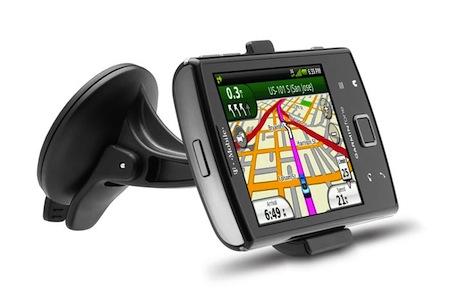
What's Good: GPS capabilities are fantastic, and the phone is sleek.
What's Bad: The Garminfone ships with Android 1.6; Android user interface is almost completely revamped in favor of a Garmin-like experience.
The Verdict: The navigation capabilities on the Garminfone are second to none, but at $199, I'd consider other devices on the market before I made a final decision.

Wildly successful in the navigation business, Garmin formed a partnership with Asus to create the Garminfone, a GPS-centric device marketed exclusively on T-Mobile. With a 600 MHz processor, Android 1.6, and 3.0-megapixel camera, the Garminfone is a mid-range device with awesome GPS functionality (and some great accessories - more on that later). As you would expect, navigation services have been fantastic on the device, but is it good enough for you to forego a "normal" Android handset?
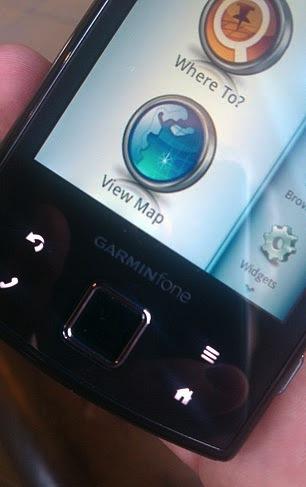
I like the design of the Garminfone. It's sleek, and sports few external buttons, giving it a clean look. Unlike most devices on the market, the device ships with quite a few goodies. Inside the box, you'll find the phone, battery, AC adapter, USB cable (which doubles as the charging cord), 2 GB microSD memory card, wired stereo hands-free headset, stereo headphone adapter, premium dash mount, and instruction manuals. Coming in at 4.57 inches tall by 2.46 inches wide by 0.5 inch thick and weighing 5.04 ounces, it's slim and easily slips into a pocket or purse. With 262,144 colors, the 3.5-inch LCD screen isn't the best on the market, but it does a decent job and provides reasonably crisp colors.

The device offers a clean and organized exterior. The right side contains the volume rocker and camera button, while the docking connector can be found on the left side of the device. The power button is on top, the miniUSB charging port on the bottom, and the 3.0-megapixel camera, and speaker are on the back. The front offers four capacitive buttons (home, menu, back, search) and a D-pad. The sensors are located on the top right hand corner of the unit.
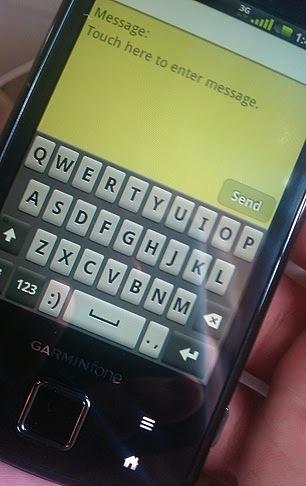
The Garminfone ships with Android 1.6, Given the vast customization this device has been put through, I doubt we'll ever see an Android 2.1 build. Though it's built on Android, Garmin-Asus decided to customize the device to reflect Garmin GPS units, and they've done a good job - at first glance, it's hard to tell that Android is hiding underneath the interface. The phone can be used in portrait or landscape mode (it can be turned to the left or right). To their credit, Garmin-Asus did a great job in designing the on-screen QWERTY keyboard (it's not the Android standard one). It's easy to type on in both portrait and landscape mode, and after a few minutes, I was blowing through text messages and e-mails with ease.
Obviously, the Garminfone's main play is its navigation services, and as you would expect, they're fantastic. Using the "Where To?" button, you can search using points of interest, individual addresses, saved locations, local (Google) search, upcoming events, cities, white pages, intersections, and more. You can also obtain your coordinates, search for gas prices, and set your home address for easy navigation back. I'm just unsure as to whether customer adoption for an official "navigation device" in the Android space will be that high, particularly when Google has done a fantastic job with their navigation service. Still, the device excels in the navigation department thanks to Garmin's excellent services.
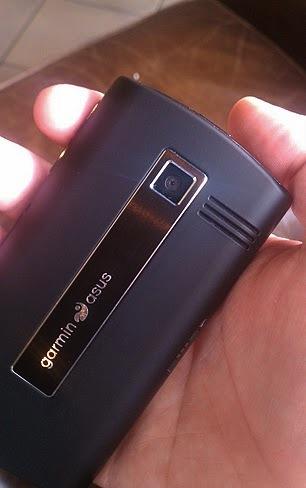
Despite a somewhat low 3.0-megapixel camera, the quality is quite good provided you're in a well-lit area (there's no flash). Editing options include lighting adjustment, picture resolution, shutter sound, auto review, and geotagging. The camcorder was equally decent, and is perfect for the occasional clip here and there. In addition to two video quality modes, you can record in MP4 for full length videos, and 3GPP for sending via MMS.

Call quality has been decent using T-Mobile in the Charlotte metro area. I've had no trouble hearing callers, though It's not the best performer when coverage is sparse. When I took the device to a fringe area just outside of the city, I did drop two calls. Outside of that, I've had no problems with callers understanding me, and call quality was clear and loud on my end. I tested the speakerphone in a busy coffee shop, and callers could hear me well (though they were well aware of the noise around me). I paired two of my Bluetooth headsets to the device without trouble, and experienced equally good call quality.

The Garminfone offers a 1150 mAh battery. With moderate use including calling, text messaging, browsing the internet, using navigation services, and use of the Android Market, I regularly made it to the evening before the device required recharging. On weekends, light usage kept the device alive for a day and a half before a recharge was required. It's right on par with other smartphones on the market, so if you travel regularly or are otherwise away from an outlet during the day, you should consider a spare battery or car charger.

The Garminfone is one of the devices that supports T-Mobile's HSPA+ (3G) upgrades, and the Charlotte area was recently outfitted with the new technology. I was very impressed with the data speeds, particularly in downloading apps and working with mobile sites. The full PhoneDog page loaded in about 14 seconds, and mobile pages loaded with complete ease. It's definitely speedy, and was the first device I've ever tested on HSPA+.
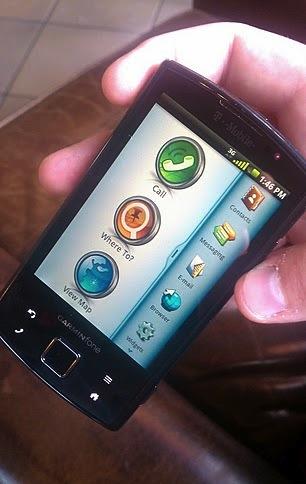
It's evident that the vast majority of research and developmentwas placed into navigation. I don't doubt Garmin-Asus' navigation capabilities - they're fantastic - but the included tools on stock Android devices are good enough to go head to head with the Garminfone. What's more, the Garminfone is a bit overpriced given the alternatives on the market. At $200, I could pick up an HTC EVO 4G, DROID Incredible, iPhone 4, or DROID X and get a fully customizable experience. To that end, I would recommend the device to the person that was solely concerned about navigation and navigation alone. Those that are into customization or enjoy the Android user interface would likely be disappointed with the device.